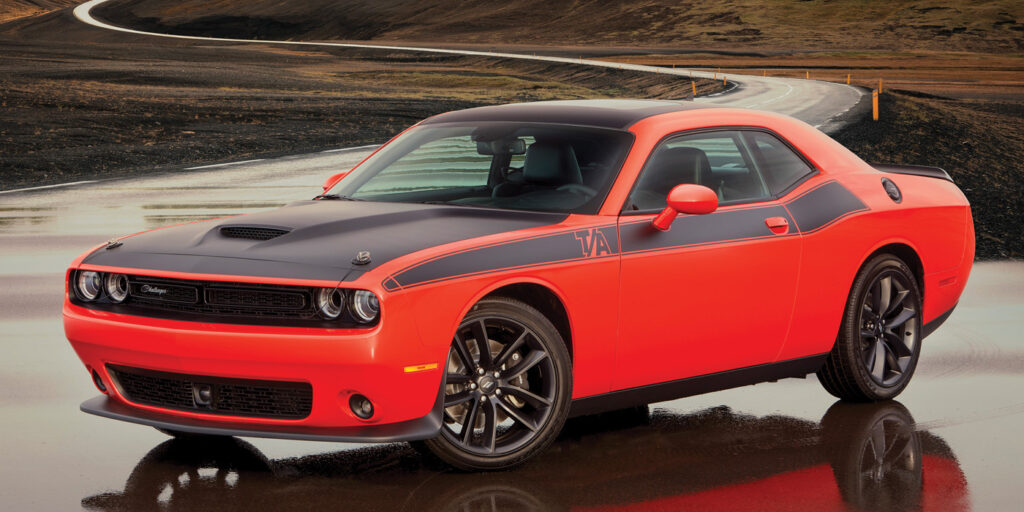Like many other OEMs, the Stellantis family of Chrysler, Dodge, Jeep and RAM (CDJR) vehicles uses a variety of sales codes to identify major and minor options. Unfortunately, these sales codes aren’t as readily accessible to the independent technician or the aftermarket professional as the codes used by other manufacturers.
The VIN decal found in the doorjamb of most modern CDJR vehicles only includes paint, interior trim, GVWR and tire information. Unlike GM and VW/Audi, there is no options tag in the glovebox or trunk area advertising these option codes. Breaking CDJR codes has traditionally required a call to your local dealer.
Veteran parts specialists will remember the SBA, SBB or SBC options found in the steering category for many Mopar products from the ‘80s and ‘90s, and the difficulty in actually finding those codes without the assistance of their local dealer. Most of us have run across choices between 136- or 160-amp alternators, and many parts specialists have realized that modern CDJR paint codes almost always start with a “P.”
In the past few years, there has been an increased use of “BRx” sales codes to identify CDJR brake packages in our aftermarket catalogs. In place of physical descriptions like “12-inch vented rotor” or “dual-piston caliper,” we’re left with a jumble of codes such as BR1, BRF, BRY, etc. This coincided with the 2014 formation of FCA (Fiat Chrysler Automobiles), the manufacturer of CDJR vehicles prior to its merger into Stellantis. Catalog information derived from FCA sources resulted in this proliferation of “BR” codes.
To make things even more difficult, many of these codes appear across multiple CDJR platforms, and each code may translate to different specifications depending on the vehicle being catalogued. Using a variety of catalog descriptions, approximate measurements and OEM sales codes, the following information collects these descriptors into one location. Included here are many of the most common confusing applications, with some identifying characteristics that can be determined “in the field:”
CHRYSLER 200, 2015-2017
BRF (13” front rotors)
BR1 and BRG (12” front rotors)
CHRYSLER Town & Country, DODGE Grand Caravan, 2015-2020
BRE (11.89” front rotor w/single-piston front caliper,
12” rear rotor)
BR1, BR3, BRG (13” front rotor w/dual-piston caliper,
12.9” rear rotor)
Chrysler 300, DODGE Challenger/Charger, 2015-present
BR3 (12.6” rotors, vented front, solid rear)
BR4 (Brembo four-piston fixed front caliper)
BR5, BR6 (13.6” front rotor, 12.6” vented rear)
BR7 (Brembo six-piston fixed front caliper)
BR9 (14.5” front rotor, 13.75” vented rear, police package Charger only)
Dodge Durango, Jeep Grand Cherokee 2015-present
BR2,BR3,BR6, BR8 (13.78” front rotor, 13” vented rear)
BR4 (SRT with Brembo calipers)
BRY (13” vented front rotor, 13” solid rear rotor)
Jeep Cherokee, 2014-present
BR1 (single-piston front caliper, 13” vented rear rotor)
BR3 (dual-piston front caliper, 13” vented rear rotor)
BR6, BRG (dual-piston front caliper, 12.6” solid
rear rotor)
BRF (single-piston front caliper, 11” solid rear rotor)
Jeep Compass, 2017-present
In 2017, the MK platform (“old body”) featured 11.57” front rotors, and either 10.3” or 11.9” rear rotors. The new MP platform Compass features 12” front rotors, and 10.95” rear rotors.
Jeep Wrangler JK, 2018 (“old body”)
BR6 (13” front rotor)
BRW (11.9” front rotor)
Jeep Wrangler JL, 2018-present
BR2, BR6 (13” diameter, 1.1” thick front rotor, 13.46” solid rear rotor)
BR3 (13” diameter, 1.1” thick front rotor, 13.78” vented rear rotor)
BRY (13” diameter, 0 .945” thick front rotor, 13” solid rear rotor)
RAM 1500, 2019-present
The DS platform RAM 1500 “Classic” features the previous five-lug wheel, while the new-for-2019 DT platform RAM 1500 features six-lug wheels.
When a customer comes to our counter, they’ve usually chosen us based on our reputation for providing convenient service and the correct parts. If we repeatedly fail to meet their expectations, or make a habit of telling them to look elsewhere for the information we need, eventually someone else will capture their business. In the case of these brake codes, your choices are to use all the resources at your disposal to figure out the correct parts, or send them to the local dealer so they can fetch the information that matches your electronic catalog. Once they leave your store, there’s a chance they won’t be back.












